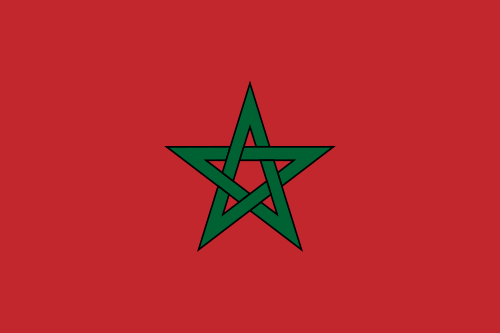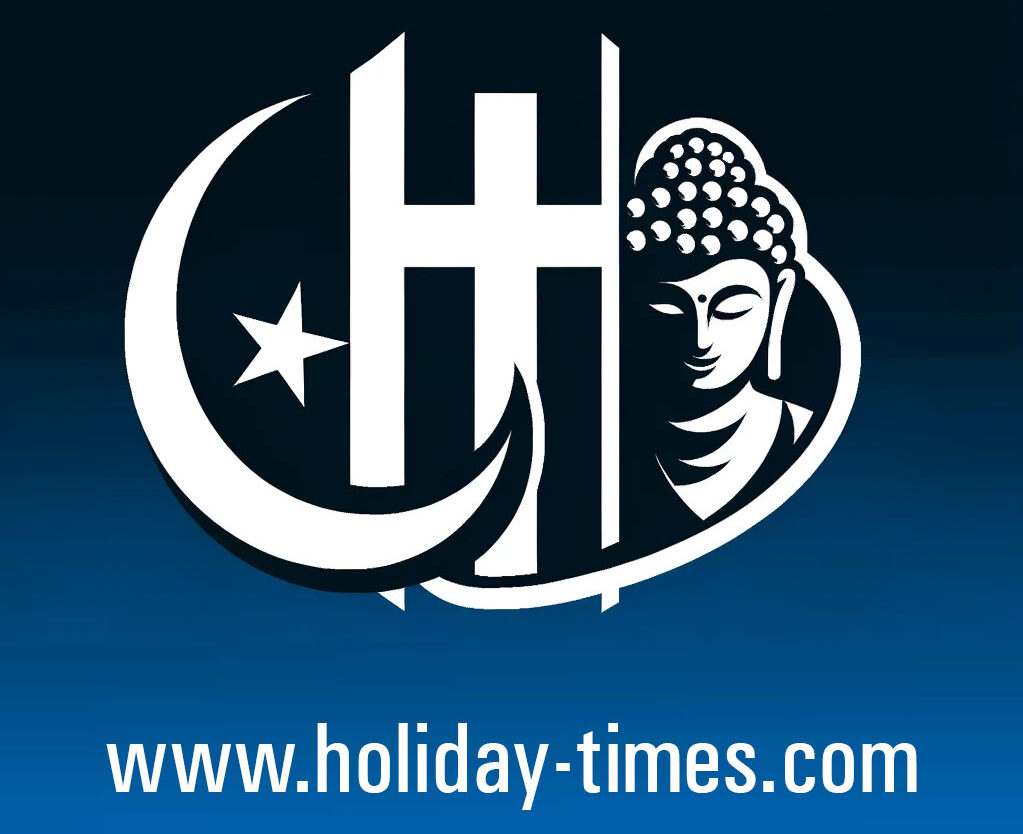Morocco is a country with a unique blend of historical richness, cultural diversity, and natural beauty. It continues to evolve, balancing its traditional roots with the ambitions of a rapidly developing society.
List of Public and National Holidays in Morocco for the year 2025
- Independence Manifesto Day is on Saturday, 11th January 2025.
- Amazigh New Year is on Tuesday, 14th January 2025.
- Eid al-Fitr is on Monday, 31st March 2025.
- Labour Day is on Thursday, 1st May 2025.
- Eid al-Adha is on Saturday, 7th June 2025.
- Islamic New Year is on Friday, 27th June 2025.
- Throne Day is on Wednesday, 30th July 2025.
- Oued Ed-Dahab Day is on Thursday, 14th August 2025.
- Revolution Day is on Wednesday, 20th August 2025.
- Youth Day is on Thursday, 21st August 2025.
- Prophet Muhammad’s Birthday is on Friday, 5th September 2025.
- Green March Day is on Thursday, 6th November 2025.
- Independence Day is on Tuesday, 18th November 2025.
List of Public and National Holidays in Morocco for the year 2024
- Independence Manifesto Day: Thursday, 11 January 2024
- Eid al-Fitr: Wednesday, 10 April 2024
- Labour Day: Wednesday, 1 May 2024
- Eid al-Adha: Monday, 17 June 2024
- Islamic New Year: Monday, 8 July 2024
- Throne Day: Tuesday, 30 July 2024
- Oued Ed-Dahab Day: Wednesday, 14 August 2024
- Revolution Day: Tuesday, 20 August 2024
- Youth Day: Wednesday, 21 August 2024
- Prophet Muhammad’s Birthday: Monday, 16 September 2024
- Green March Day: Wednesday, 6 November 2024
- Independence Day: Monday, 18 November 2024

Facts and Infos about Morocco
- Population: 32.3 million (UN, 2011)
- Capital: Rabat
- Area: 710,850 sq km (274,461 sq miles) (including W Sahara)
- Major languages: Arabic (official), Berber, French, Spanish
- Money: Dirham = 100 centimes
- Internet domain: .ma
- International dialling code: +212
History
- Ancient Civilizations: Inhabited since prehistoric times, with significant Berber, Phoenician, and Roman influences.
- Islamic and Colonial Era: The rise of Islamic empires from the 7th century, including the Moorish culture. Later, a French and Spanish protectorate in the early 20th century.
- Independence and Modern Era: Gained independence in 1956, followed by a period of consolidation and modernization.
Geography
- Varied Landscape: Located in North Africa, Morocco boasts diverse geography, including the Atlas Mountains, the Sahara Desert, and extensive coastlines along the Atlantic Ocean and the Mediterranean Sea. It is bordered by Spain to the north and Mauritania.
- Climate: Ranges from Mediterranean in the north and coastal areas to arid in the south and interior.
Culture
- Rich Heritage: A melting pot of Berber, Arab, African, and European influences. Renowned for its music, literature, and crafts, including intricate tilework, woodworking, and textiles.
- Cuisine: Moroccan cuisine is famous for its unique flavors, with dishes like tagine, couscous, and mint tea being internationally recognized.
Economy
- Diversified Economy: Key sectors include agriculture, mining, manufacturing, and tourism. Morocco is the world’s largest exporter of phosphates.
- Development Challenges: Despite economic growth, challenges such as unemployment, poverty, and regional disparities persist.
Politics
- Government Structure: A constitutional monarchy with a parliamentary system. King Mohammed VI plays a significant role in governance and reforms.
- Political Landscape: A blend of traditional monarchy and modern political institutions, with ongoing reforms for greater democratization.
Society
- Population: Characterized by its youth, with a diverse ethnic mix predominantly of Arab and Berber descent.
- Urbanization: Major cities like Casablanca, Rabat, and Marrakech are centers of cultural and economic activity, while many still live in rural areas.
- Languages: Arabic is the official language, with Berber languages also widely spoken. French and, increasingly, English are important for business and tourism.
Religion
- Islam: Predominantly Muslim, Islam plays a central role in Moroccan culture and society.
- Religious Harmony: Known for its historical Jewish communities and Christian presence, Morocco is celebrated for its religious tolerance.
Arts and Literature
- Literary Tradition: Rich in oral and written traditions, with contemporary authors gaining international recognition.
- Visual and Performing Arts: A vibrant arts scene, with traditional and modern influences evident in music, dance, and cinema.
Sports
- Popular Sports: Football is the most popular sport, with significant investment in facilities and training. Athletics and boxing are also popular.
International Relations
- Global and Regional Role: An active player in African and Arab affairs, Morocco has a strategic location and strong diplomatic ties with Europe and the United States.
- Western Sahara Issue: The status of Western Sahara remains a key issue in Morocco’s foreign policy.
Environmental Challenges
- Sustainability Efforts: Initiatives in renewable energy, particularly solar and wind power, and water conservation.
- Environmental Concerns: Challenges include desertification, water scarcity, and maintaining biodiversity.
Tourism
- Major Attraction: A major tourist destination known for its historical cities, desert landscapes, and rich culture. Key attractions include the ancient medinas of Fez and Marrakech, the Atlas Mountains, and coastal towns like Essaouira.
Challenges and Future Prospects
- Economic and Social Development: Focused on diversifying the economy, improving education and healthcare, and addressing social inequalities.
- Modernization and Tradition: Balancing the preservation of its rich cultural heritage with modernization and global integration.
